Tanning beds have maintained popularity over the years for the ease they provide to obtain a good-looking tan. You need to know the top tanning bed tips to help you achieve your ideal glow. There are so many elements as to why tanning beds are the number one option for getting that toned, sun-kissed complexion everyone admires. In this article, we will try and cover them all and what you must do to achieve the best looking tan.
Table of Contents
First of all, tanning beds use fluorescent bulbs that emit mostly UVA rays, with smaller doses of UVB. UVA rays penetrate deep into the skin and are responsible for darkening your complexion. UVB rays target the superficial skin cell layers and can do this so severely that it causes sunburn. So tanning beds are an attractive alternative to actual sunbathing with the added guarantee that getting burnt is less likely to happen.
Then there is also the comfort and convenience of just swinging by a tanning salon in between work or school hours to get a gorgeous tan in no time.
However, the brilliance behind the design of the tanning bed doesn’t come without flaws. The reason for delivering short tanning sessions means that the UVA radiation is three to six times more intense than the UVA in natural sunlight. So while many may think a shorter time in the tanning bed as oppose to a longer time in the sun means significantly minimizing UVA exposure, this notion is simply not true.
So as we take things further, let’s understand the importance of following effective and safe practices when using the tanning bed all while getting that super terrific tan and triggering those mood-improving endorphins in your skin with our top tanning tips.
Before your Tanning Session
Identify a Salon:
Tanning salons are everywhere, but not all are equipped to give the best experience and results. It’s one thing to find a salon with a quality tanning facility and good products, but an expert consultant is an essential factor in establishing your best tan.
Tanning salons are everywhere, but not all are equipped to give the best experience and results. It’s one thing to find a salon with a quality tanning facility and good products, but an expert consultant is an essential factor in establishing your best tan.
If you happen to search online for a local tanning salon, it’s always a good idea to check the customer reviews thoroughly. An excess of positive reviews from past customers is a huge compliment to the salon and its staff.
Prep your Skin:
I usually do this at home before and on the day of visiting the tanning salon. If you can, take a shower using a body scrub in combination with an exfoliating shower glove or washcloth to effectively remove dead skin as well as deep-rooted dirt and oils from your skin. This will also smoothen the skin’s surface for enhanced tanning results. In addition, you should shave your legs and any other areas you usually do. For men that may include the face and back. Ideally, you want to rid your skin of any impediments that will prevent you from achieving the perfect looking tan. After, use a light moisturizer to replenish your skin’s moisture level; this will help to also give you a brilliant looking tan.
Tanning Implements – Gear up:
Before tanning, there are a number of must-have items you will need to take with you to the salon. These are all essential for aiding in your overall tanning experience and to maximize results. Here are some basic accessories for your tanning bed session.
- Tanning Goggles: These are crucial necessities for protecting your eyes from the intense UV exposure that tanning beds generate. Unlike lying outdoors under natural sunlight, where UVA and UVB rays are hitting you at varying levels, tanning beds place you in a position where these rays are hitting you at a shorter range, uninterruptedly, and with more intensity. This can have serious and oftentimes permanent damaging effects on your eyes. Your eyelids are simply too thin to prevent these invasive rays from reaching areas like the retina, pupil, and iris which are primarily responsible for your eyesight.
- Protective SPF Lip Balm: This works just the same as sunblock or sunscreen lotion, the only difference is that it is designed for your lips during tanning. The lips are a body part that doesn’t have melanin and as such won’t darken through means of tanning, instead the excessive UV exposure will cause dry, cracked, or chapped lips and wrinkles to develop over time.
- Tanning Attire: There are a couple of options here, but the best suggestion of them all is a two-piece swimsuit or bikini for the ladies and brief or boxer briefs for the guys. While these are my preferences, I understand if they’re not your usual wear, just know it’s purely for tanning purposes and you’re only exposing yourself to the insides of the tanning bed — these selections will give you great tan coverage and a sexy looking tan. Going nude is also a good option, this will get you color consistency throughout your body. However, there are some safeguarding measures to effect, i.e. covering your nipples and privates, as the skin is more sensitive in these areas and as such is prone to burning easily.
During Your Visit
One of the things you want to look out for when visiting a salon for the first time is doing a skin analysis and assessment. A skin analysis simply establishes your skin type and how you measure on the complexion scale. This will determine which level bed to use and how much tanning time in that particular tanning bed is required. From there a tanning lotion will be recommended to best suit your skin’s needs and personal expectations. The tanning consultant will also advise on how to care for and maintain your tan after tanning.
Know your Skin Type:
Upon your skin analysis, it will be determined what skin type category you fall into and this will better help you to understand which treatment is suitable for you. There are 5 skin type categories, one (1) being the palest and five (5) the darkest of the lot.
- Skin Type 1 – This is very white or pale skin; these individuals will experience great difficulty tanning and tends to burn very easily.
- Skin Type 2 – Persons with this skin tone will have a light beige color. The expectancy rate to burn is relatively high as well; so correct tanning practices must be applied.
- Skin Type 3 – This is a light brown complexion that will tan really well and doesn’t usually burn easily, however individuals will experience burning if correct tanning practices aren’t followed.
- Skin Type 4 – This skin tone already has a slight hue with a light brown or olive skin color. A tan is easily accomplished and as such doesn’t experience burns frequently since the required UV exposure time is at a minimum.
- Skin Type 5 – Not much tanning needed, persons have a natural brown skin tone. This skin type rarely burns and tans effortlessly.
Choose a tanning bed:
The next phase is deciding which tanning bed is suitable for you. A good tanning salon should have at least six (6) options to choose from, those with less probably won’t work in your favor, as this is ultimately dependent on your skin type. The resident tanning specialist or consultant should let you know if they have the right bed for your skin tone. Tanning beds come in levels 1 all the way through to 6. Low-pressure beds are classified as level 1 and level 2 and offer low-pressure bulbs. Levels 3 and 4 have medium pressure bulbs, while levels 5 and 6 offer high-pressure bulbs and are classified as high-pressure beds.
- Low-pressure beds are introductory levels and best suited for first-timers, persons who rarely tan or don’t need much tanning (i.e. skin types 4 and 5). The UV rays are emitted in a spectrum that is similar to natural sunlight. Even though the lamps produce color moderately fast, the risk of sunburn is still high, so try not to stay too long in the sunbed.
- High-pressure bulbs emit increased amounts of UVA rays that are intended to brown or bronze your skin tone. They do so in a faster time frame than their lower-level counterparts and the resulting tan will last longer. They are more befitting for those with fair skin (skin types 1, 2, and 3) who are seeking a deeper and darker complexion.
Choose a tanning lotion:
While tanning lotions aren’t always necessary when using a tanning bed, it is actually highly recommended for several reasons. It will help your skin to tan better, faster, and extend your tan, which ultimately means less time under the UV light. These lotions are also formulated to keep your skin nourished and moisturized as it loses its natural moisture when exposed to the damaging effects of UV lights.
Selecting a tanning lotion will vary from person to person because everyone’s skin type is unique. Also, some people like looking very dark while others like myself, simply want to brighten up their skin color. Here are a couple of great options and the tan results to expect from each.
For Dark Tan:
- Brown Sugar Black Chocolate Coconut Cream 200x Bronzer
- Millenium Tanning New Paint it Black Auto-Darkening Dark Tanning Lotion
- Millenium Tanning New Solid Black Bronzer Tanning Bed Lotion, 100x
[Read Our Full Review] - Australian Gold Sinfully Black 15x Deep Dark Bronzing Tanning Lotion
- Tan Asz U LUAU 200X Island Black Bronzer [Read Our Full Review]
For Medium & Light Tan:
- New Sunshine Australian Gold Eye Candy
- Ed Hardy Coconut Kisses Golden Tanning Lotion [Read Our Full Review]
- Just Nutritive Tanning Indoor Lotion, Tanning Bed Lotion
- Bronzo Sensuale Carrot Lotion for Tanning Beds
- Australian Gold Jwoww Black Bronzer Dark Tanning Lotion [Read Our Full Review]
Tan Accelerators:
- Hempz Hypoallergenic Dark Tan Maximizer [Read Our Full Review]
- Ed Hardy Black Elixir Indoor Tanning Lotion Accelerator Bronzer Dark Tan Bed
- Australian Gold Dark Tanning Accelerator Lotion [Read Our Full Review]
- Australian Gold Cheeky Brown Accelerator, Dark Natural Bronzers, Tanning Bed Lotion
Tanning lotions, accelerators, extenders, and other products are usually available at the salon. In my experience, I have found that in-store products are costly compared to other retailers. So you may want to do a bit of research and pre-shopping before forking out a wad of cash at a tanning salon right away.
Inside the Tanning Bed:
Believe it or not, lying in one stationary position for the entire tanning session is a bad idea. This will prevent hidden parts of your body from tanning, leaving you with an unsightly and uneven tan. These areas are usually under the chin, under your arms, and the insides of your legs. The areas of your body that are touching the tanning bed will not tan as effectively either. All you have to do is occasionally move around and change positions from time to time.
After your Visit
When your tanning session is done and you’re out the doors of the salon, you should allow your tan to settle for at least 3 or 4 hours before showering. Your skin will continue to darken and produce melanin for about another 12 hours, so expect to see elevated skin color within that time. The final phase of your tanning treatment and a very important one is to properly moisturize your skin and with the right products.
Tan Extenders:
Tan extenders are used specifically after tanning and are designed not only to keep your skin hydrated but also to maintain your tan for longer periods. Here are a few terrific options to choose from:
- Bahama Tan – Tan Extender Organic & Natural
- Lancaster Tan Maximizer Soothing Moisturizer Repairing After Sun
- Australian Gold Moisture Lock Tan Extender Lotion
- California Tan Extender with Bronzers
- New Sunshine Australian Gold Hemp Nation Pomaberry Tan Extender
Use Aloe Vera
Another great way to keep your skin refreshed and hydrated after tanning is to use Aloe Vera. After tanning, your skin will need to recover from the heat exposure of the tanning beds. With its natural healing and cooling properties, Aloe Vera gel will soothe and replenish your skin quickly leaving it feeling cool, soft, and nurtured.
When Next to Tan:
Typically after about 3-4 sessions, individuals will develop a base tan and from there they can study their skin’s behavior by using the tanning bed and their choice of tanning lotion. This will determine how many more sessions they want to do and how frequently. However, you don’t want to do more than two sessions a week. This gives you adequate time to gradually deepen your tan in a careful and gentle manner while giving your skin a chance to rest and regenerate in-between sessions. Once you have reached your goal in skin color, then one session a week will be enough to maintain and sport a consistent tan.
Final Tip:
It is important to not over-tan or



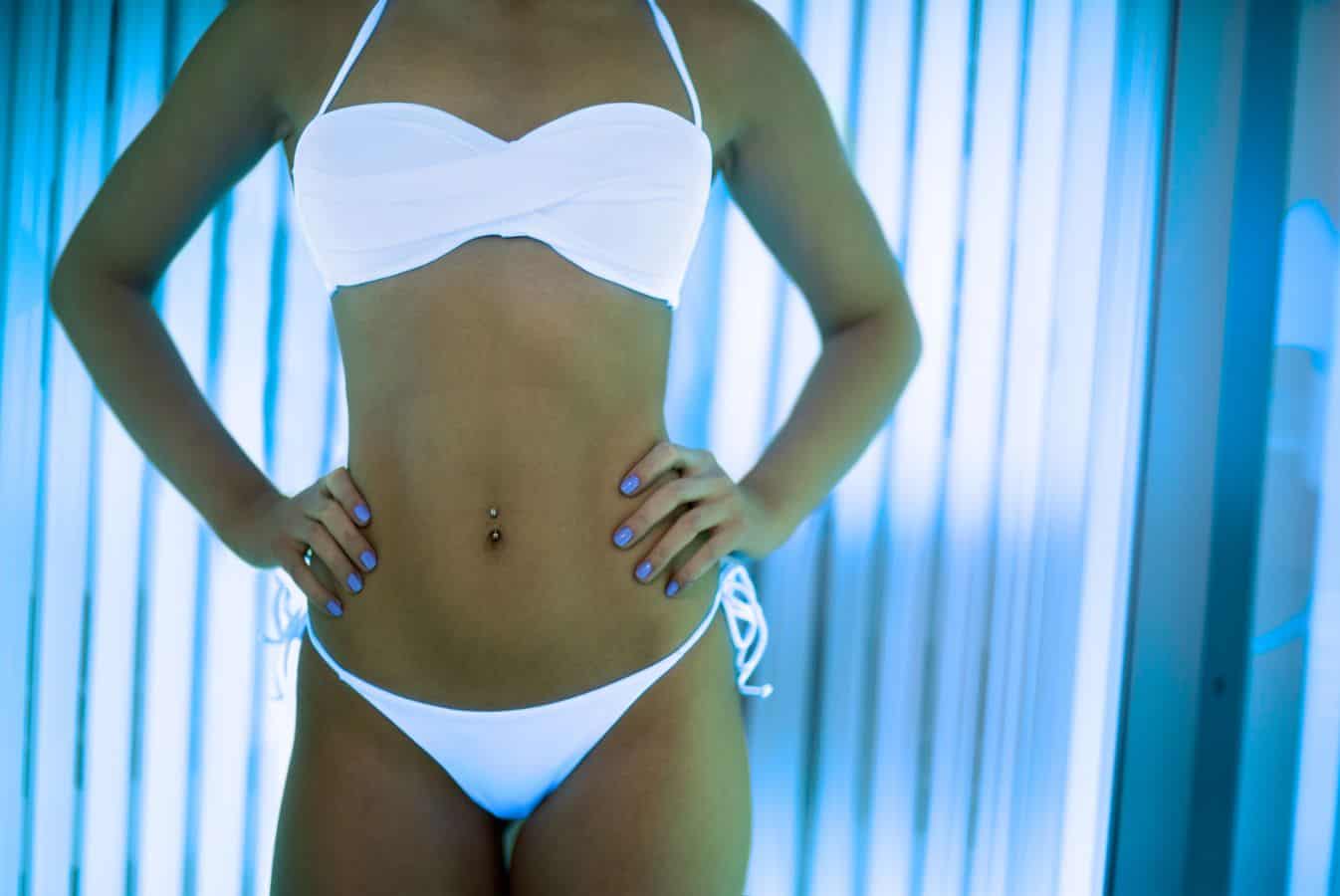
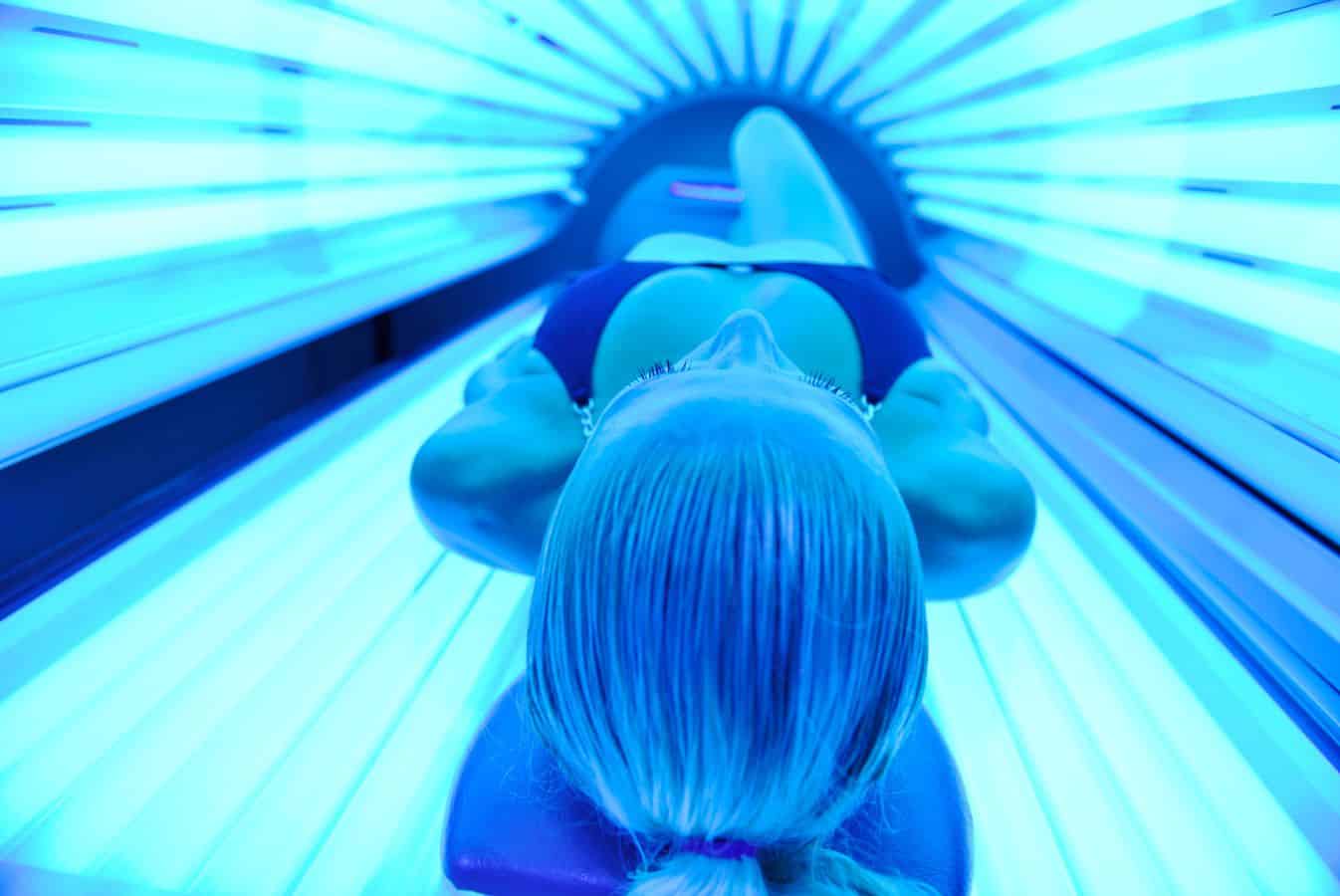
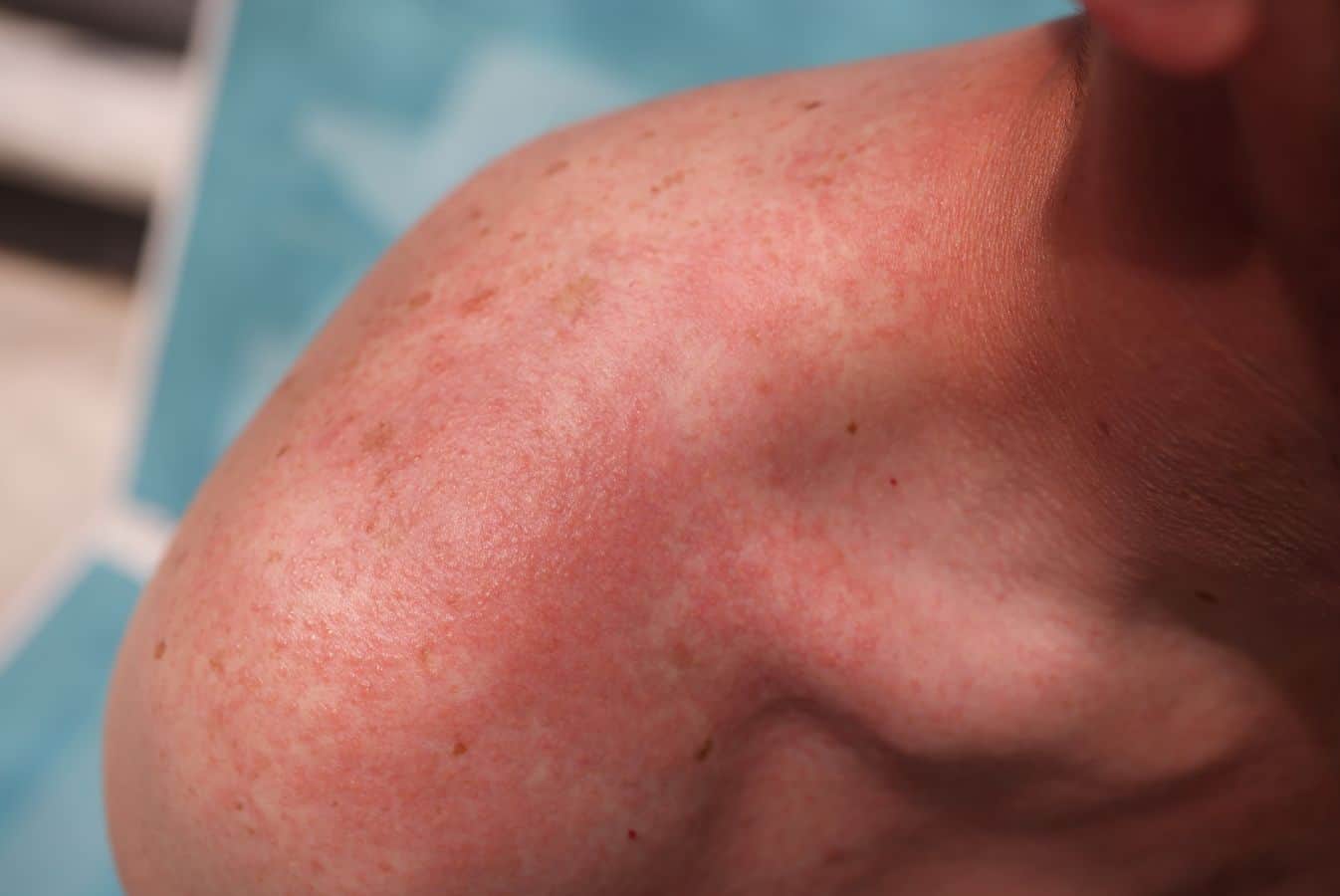
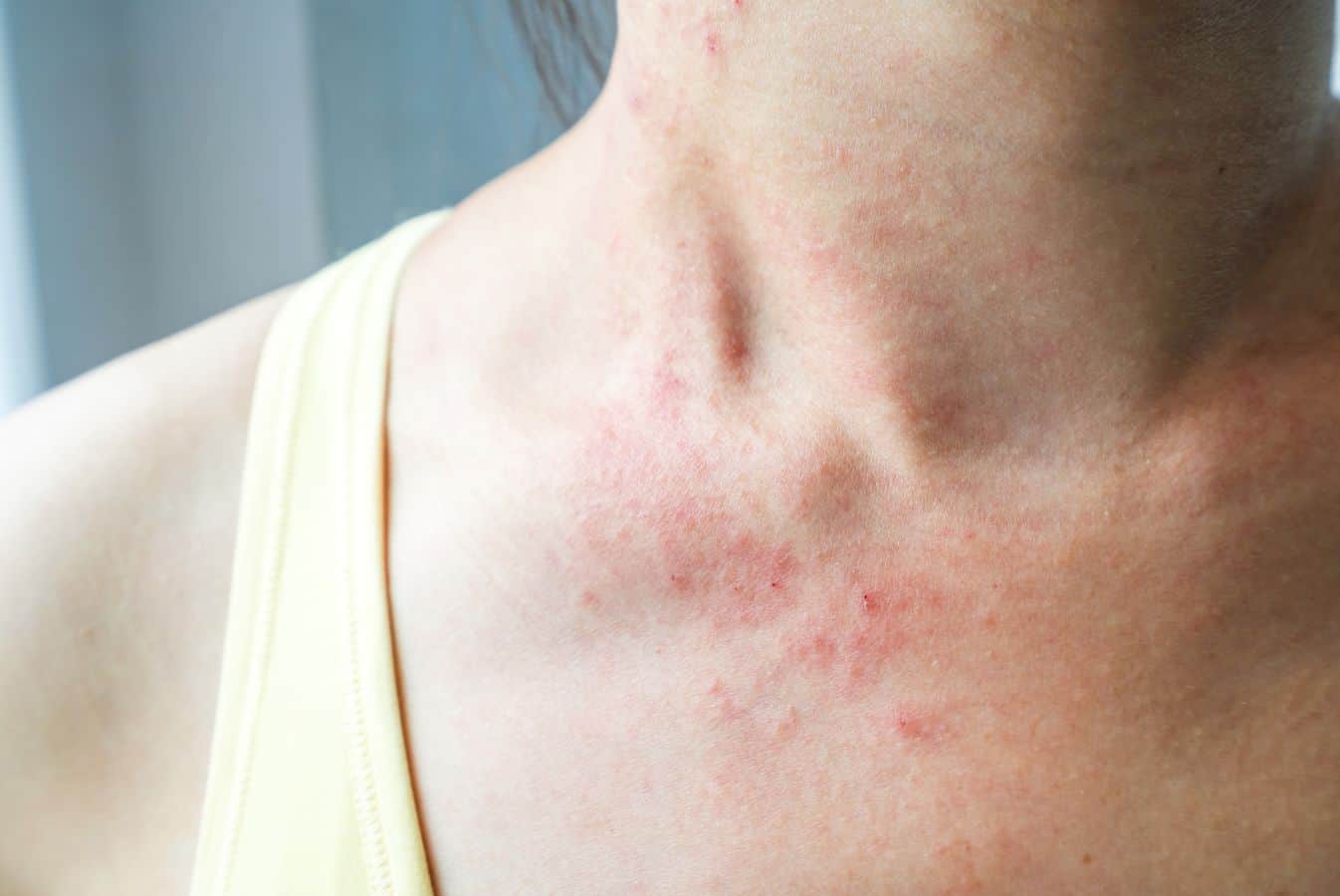
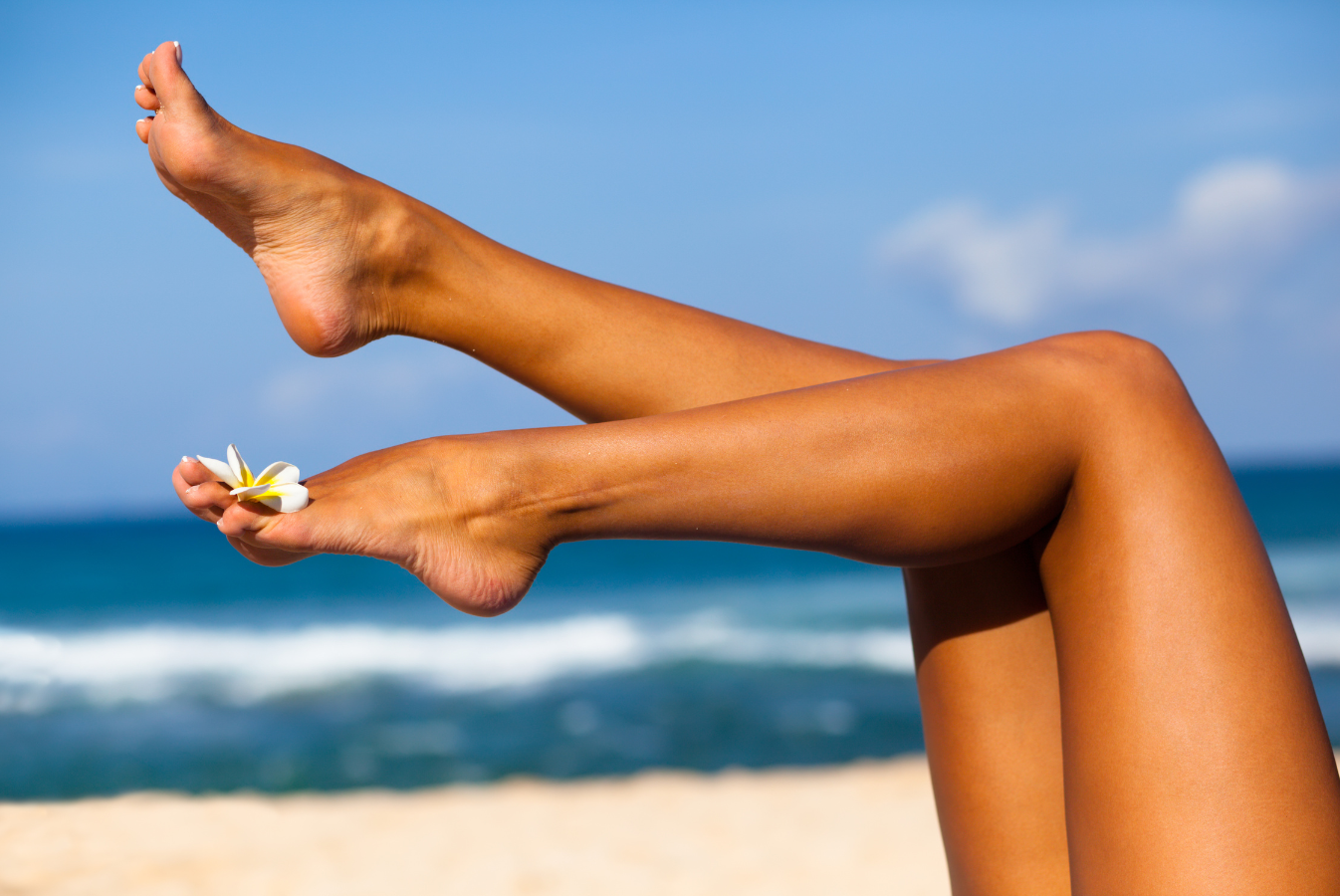
Im gonna start using an stand up tanning bed for the first time and idk if it has an face tanner on it or not, but my question is, should i use tanning lotion on my face or just face moisturizer? My face naturally tans being outdoors. What about my neck? Help this girl out, lol… Thanks.
If you tan well, I would not use anything in the tanning bed. Make sure your skin is clean. Then just apply a moisturizer afterwards.
Use a lotion! Absolutely use a lotion, its proven to give you better results. I personally use them on my face as well.i would recommend starting with an accelerator and natural bronzer. Alternate those 2 lotion types every other tan. You will have an amazing tan in no time!